In a world where pet accessories can sometimes break the bank, DIY cat toys offer a purr-fect solution for budget-conscious pet parents. The joy of crafting homemade playthings isn't just about saving money—it's about creating personalized entertainment that taps into your feline's natural instincts. From crinkly paper balls to feather wands, the possibilities are endless when you start seeing household items through a cat's eyes.
The psychology behind feline play reveals why simple homemade toys often outperform expensive store-bought options. Cats are hardwired to hunt, and their play behavior mimics stalking prey. A study published in the Journal of Feline Medicine found that cats show significantly more interest in toys that move unpredictably, like a piece of string dragged across the floor, compared to static plush toys. This explains why a crumpled receipt can hold a cat's attention longer than a designer cat bed.
Seasoned cat behaviorists emphasize that rotation is key to maintaining your cat's interest. Just as wild cats encounter different prey, domestic felines thrive on variety. The advantage of DIY toys is that you can easily create multiple versions and introduce them in cycles. A wine cork tied to some yarn today might be replaced tomorrow with a cardboard box maze, keeping your cat's environment ever-changing and stimulating.
Safety should always be the foremost consideration when crafting homemade cat toys. Avoid small parts that could be swallowed, sharp edges, or toxic materials. Many cat owners don't realize that certain glues, paints, or even some types of string can pose serious health risks. When in doubt, consult your veterinarian about materials, especially if your cat tends to chew or ingest non-food items.
Interactive toys that strengthen the human-cat bond often yield the most rewarding play sessions. A simple feather attached to a wooden dowel becomes a fishing pole toy that lets you control the movement, mimicking live prey. These shared activities don't just exercise your cat physically—they provide crucial mental stimulation and reinforce your relationship. Shelter workers frequently use such homemade toys to socialize shy rescues, proving their effectiveness in building trust.
The environmental benefits of DIY cat toys shouldn't be overlooked. By repurposing household items that would otherwise end up in landfills, you're reducing waste while entertaining your pet. That old sock destined for the trash becomes a catnip pillow with some basic sewing skills. Cardboard shipping boxes transform into an afternoon of entertainment with nothing more than a utility knife to create windows and doors.
For multi-cat households, DIY projects can help address hierarchy and territorial behaviors. Creating several identical toys prevents resource guarding, while strategically placed play stations allow shy cats to participate without confrontation. Animal behavior consultants often recommend homemade puzzle feeders made from toilet paper tubes to encourage peaceful coexistence during meal times.
Seasonal DIY projects can keep your cat engaged with nature's rhythms throughout the year. Autumn leaves stuffed into a mesh bag create a crinkly autumn toy, while frozen treats in summer help cats stay cool. The changing textures and temperatures of homemade seasonal toys provide sensory variety that commercial products often lack.
The therapeutic value of DIY cat toys extends beyond the feline members of your household. The act of creating something for your pet can reduce human stress levels and foster mindfulness. Animal-assisted therapy programs frequently incorporate simple handmade toys in their sessions, as the process of making and using them benefits both humans and animals emotionally.
While the internet overflows with elaborate DIY cat furniture plans, some of the most effective toys require no special skills whatsoever. A flashlight beam dancing across the wall taps into a cat's chase instinct as effectively as any high-tech gadget. The key lies in observing your individual cat's preferences—some go wild for paper bags, while others prefer batting at hanging ribbons.
Veterinarians caution that even homemade toys require regular inspection for wear and tear. What begins as safe plaything can become hazardous if parts loosen over time. Establishing a weekly "toy check" routine ensures that your DIY creations remain safe as they bring joy to your feline companion's daily life.
Ultimately, the DIY approach to cat toys embodies the spirit of understanding and catering to a cat's fundamental needs. By engaging their natural behaviors with simple, thoughtfully crafted items, we enrich their indoor lives while deepening our connection to these fascinating creatures. The measure of success isn't in the craftsmanship of the toy, but in the twitch of a tail and the gleam in your cat's eyes as they pounce on something made just for them.
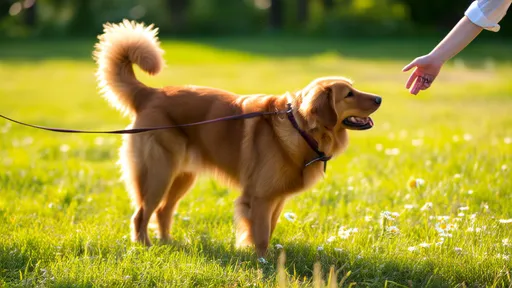
By /Jun 28, 2025
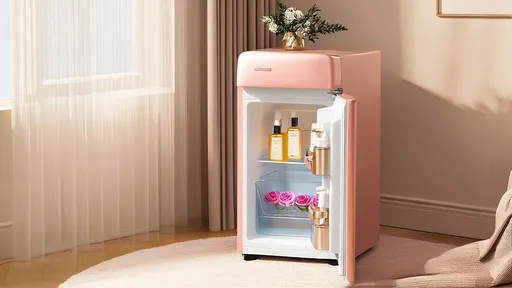
By /Jun 28, 2025
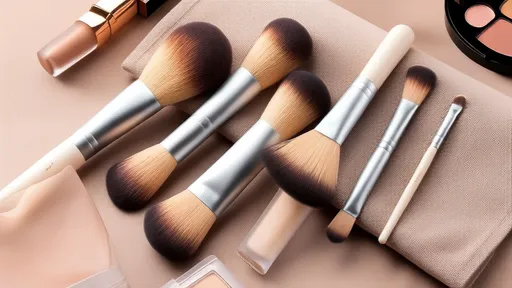
By /Jun 28, 2025

By /Jun 28, 2025
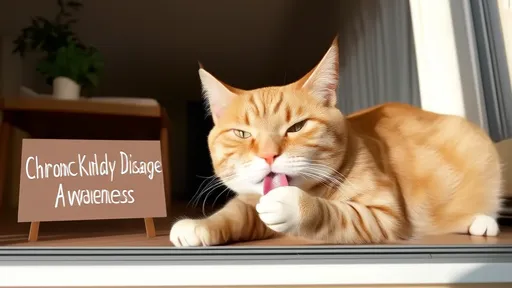
By /Jun 12, 2025
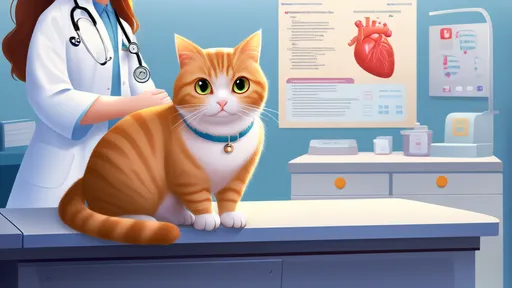
By /Jun 12, 2025
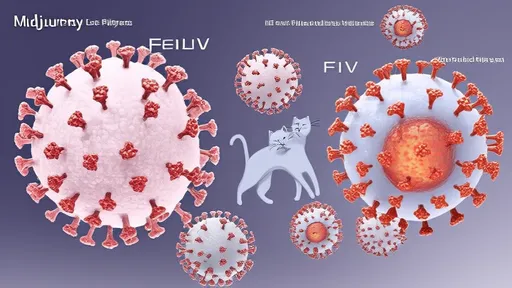
By /Jun 12, 2025
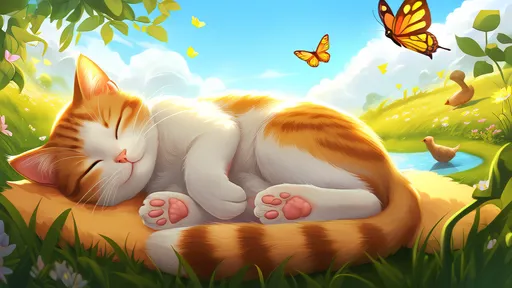
By /Jun 12, 2025
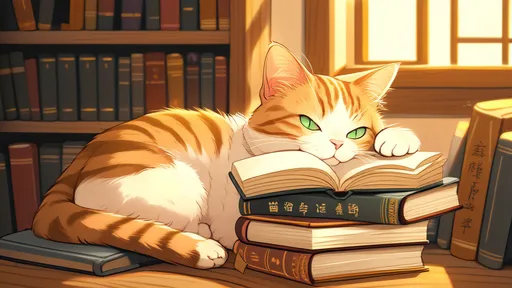
By /Jun 12, 2025
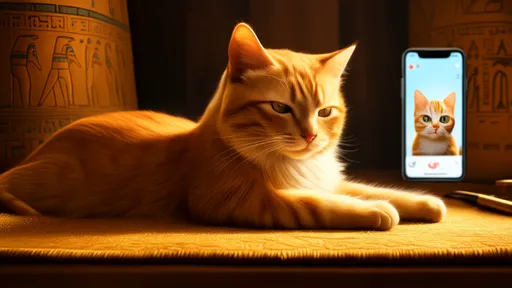
By /Jun 12, 2025
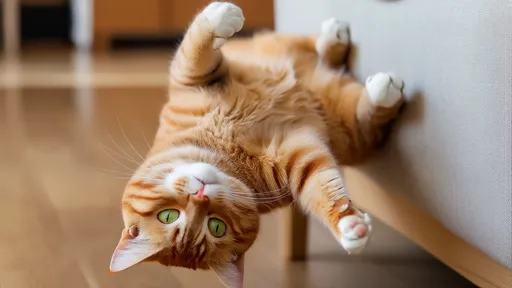
By /Jun 12, 2025
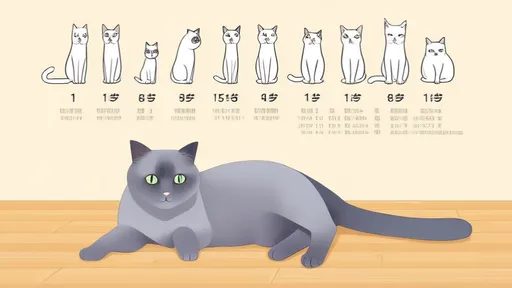
By /Jun 12, 2025
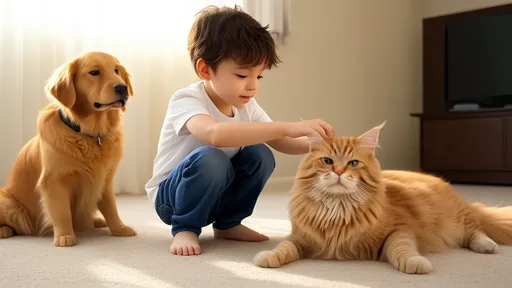
By /Jun 12, 2025
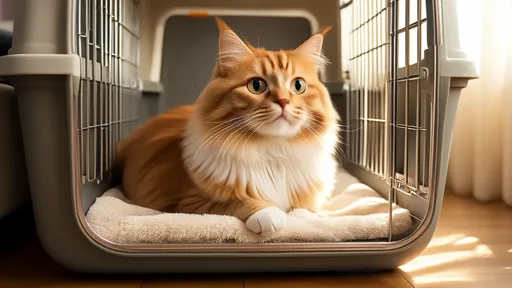
By /Jun 12, 2025
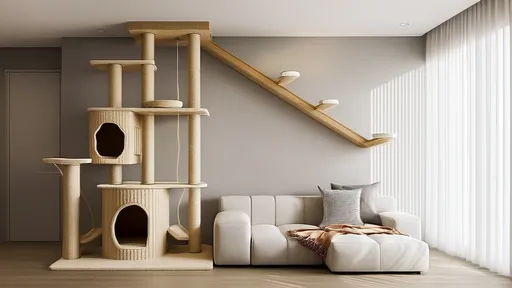
By /Jun 12, 2025
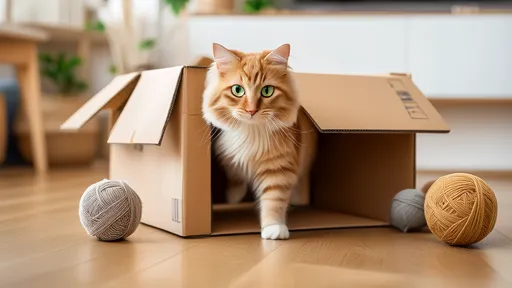
By /Jun 12, 2025

By /Jun 12, 2025